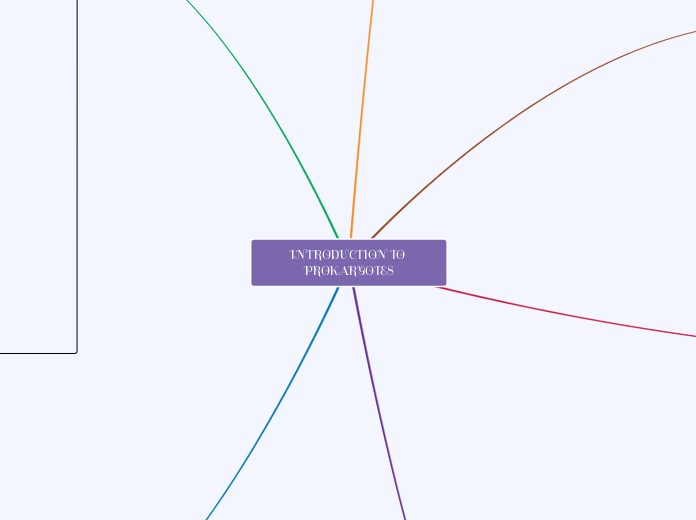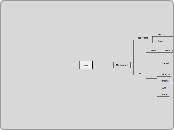von faizatul aina zakariya Vor 5 Jahren
585
INTODUCTION TO PROKARYOTES
Prokaryotes are distinguished by their unique cellular structures and compositions. Notably, Mycoplasma species lack traditional cell walls, relying instead on sterols in their membranes, which make them exceptionally small and filterable.









